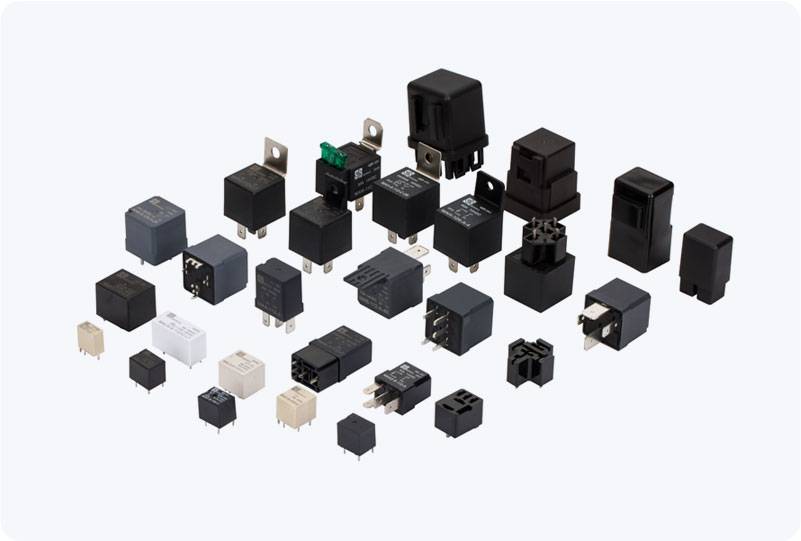Safety is a paramount concern in industrial automation, especially when it comes to processes and machinery that can pose a risk to personnel, equipment, and the environment. In this context, Safety Relay SIL 3 plays a crucial role in ensuring the highest level of safety in various industrial applications. This article explores the significance, functionality, and applications of Safety Relay SIL 3, shedding light on why it is an essential component for meeting safety standards and protecting against potential hazards.

What is a Safety Relay SIL 3? A Safety Relay SIL 3 (Safety Integrity Level 3) is an electrical component designed to monitor and control safety-related systems within industrial environments. It ensures that critical safety functions, such as emergency stops, access control, and fault detection, are performed reliably and consistently. SIL is a measure of the reliability of safety systems, and it is classified into four levels (SIL 1 to SIL 4) based on the level of risk reduction they provide. SIL 3 represents a high level of safety integrity, used in environments where the failure of safety systems could lead to severe consequences, including death, severe injury, or significant damage. The higher the SIL rating, the more stringent the reliability and diagnostic requirements for the system. SIL 3 systems are designed to reduce the likelihood of failure to an extremely low level, offering protection in high-risk industries such as chemical manufacturing, nuclear power, and aerospace.